- Home
- Home Ventilation
- Negative Pressure Ventilation
Negative Pressure Ventilation in Your Home
Negative pressure ventilation systems basically work in the opposite way to positive pressure attic ventilation fans discussed in another article.
But instead of pushing air into your home they suck air out (typically by way of extractor fans in your bathrooms or in your kitchen), thus creating an area of low or negative pressure inside your home.
As air moves from areas of high pressure to areas of low pressure. This means that the higher pressure air outside your property is drawn in through any gaps in the fabric, such as gaps in floor boards, gaps around services where they come through the walls and ceilings etc.
When Would You Use a Negative Pressure Ventilation System?
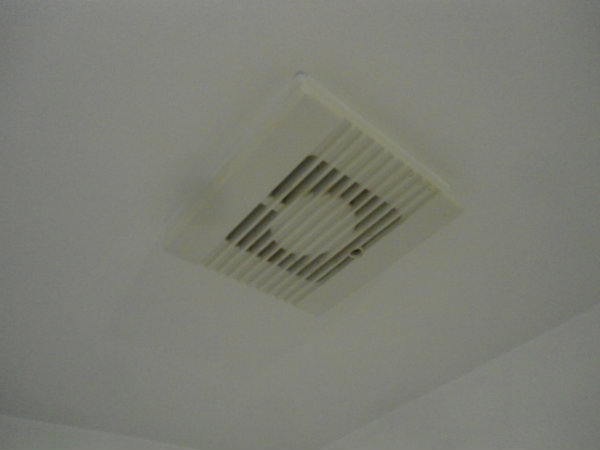
They're fairly standard issue in UK bathrooms and kitchens as they're the most popular way of achieving the air-changes required by building control.
So the majority of us currently use negative pressure ventilation every time we turn on the bathroom light of switch on the cooker hood fan.
The difficulty arrises when we improve the air tightness of our house or make improvements to the insulation.
For example we might replace old draughty windows with new air tight double glazing and maybe not have trickle vents installed in the new windows. Or maybe install insulation in the cavities or loft.
The downside of these improvements is that they also make your home more airtight. Which is great for keeping heat in but bad for ventilation.
Any such improvements will mean that your home isn’t getting as many air changes (where the air in your home is replaced with fresh air from outside) as it used to. Which means the water vapour in the air isn’t escaping as well as it used to.
If this is the case, the moisture laden air in your home, typically generated from showering, washing, drying clothes, cooking etc doesn’t get a chance to be diluted by fresh air coming in from outside.
So it simply floats around your home until it finds a cool surface to condense onto and allow back mould to grow.
Why Negative Pressure Ventilation?
Negative pressure ventilation tends to be the standard ventilation installation into most UK homes as it tends to be the cheapest option and because that's what we're used to installing.
The poor quality ones are much cheaper than a full mechanical ventilation and heat recovery system (MVHR).
Plus an MVHR system will require additional draught proofing, increased insulation and a more labour intensive installation process.
Advantages of Negative Pressure Ventilation Fans:
- Relatively cheap to buy and install - but I'd advise spending a little more and getting a good quality unit see this article for more info.
- Relatively cheap to run - each unit only has a very small, low powered fan and will not cost very much to run.
- Will reduce water vapour in your home - if you install a good quality fan that moves a enough air they should reduce your condensation problems and improve air quality.
Disadvantages of Negative Pressure Systems:
- They draw cool fresh air into your home - a negative pressure ventilation fan will draw cool air into your home through gaps in the fabric of the building and cool the warm air that’s already there, so you’ll need to have your heating on a little longer.
- They're not controllable ventilation - while the fan itself may be controllable depending on th unit you choose the air coming into your home is not controlled. So yo may be bringing in pollutants, pollen, smells etc.
- They won't form adequate air currents throughout your home - because they're located in one or two rooms they don't do a great job of forming air currents that move air throughout your entire home.
- You Need a Good Quality Unit - The standard off the shelf "cheap" extractor fans aren't very powerful and won't move much air, meaning it'll take longer to get the required air changes.
- You need to have a leaky structure - In order for negative pressure systems to work they need to have draughts to allow air in to replace the air that's removed by the fans. So if your home is quite well sealed the fans may struggle to move the air.
- It’s impossible to pre-heat the air - as the replacement air enters your home by way of cracks and gaps in the fabric of your building it's impossible to pre-heat the air coming in (unlike some positive pressure systems).
Don’t be put off by these systems cooling the air in your home.
The only way to beat condensation (and black mould) is to increase heat and increase ventilation.
Basically what I’m trying to say is if you want to stop condensation in your home you must increase the amount of ventilation. And both the negative pressure and the positive pressure fans will do exactly that.
Fitting a negative pressure ventilation system is the minimum you should be doing. If you've made improvements to the draught proofing and or insulation in your home you should really be looking at the next level of ventilation such as positive pressure systems or ideally MVHR units.
My "budget" choice would be positive pressure ventilation fans as they have the added option of being able to pre-warm the air as it’s introduced to your home (depending on model types).
If however you’re looking for a simple bathroom only solution a negative pressure ventilation system with a humidity sensor could be a better option than a basic extractor fan.
As with anything, your final decision will likely come down to budget weighed up against disruption of the install and running costs.
If your budget won’t stretch to an all singing and dancing mechanical ventilation and heat recovery unit typically £2,000 - £4,000 depending on your house size and type. Then the negative pressure extractor fans (£30- £450) or positive pressure ventilation fans (typically around £300 - £500) could be the option for you.
You should also consider increasing your insulation levels at the same time and have a read over my articles on MVHR systems and condensation.
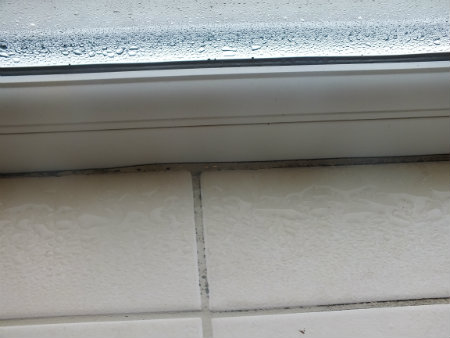
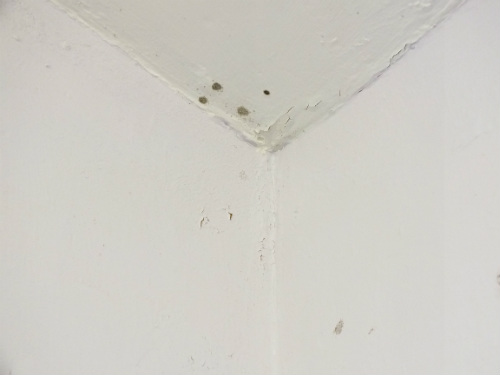
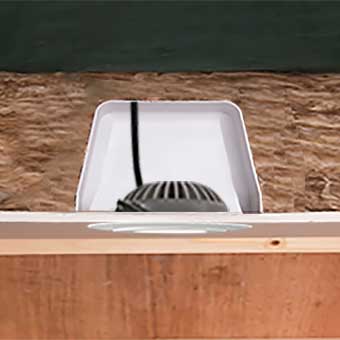
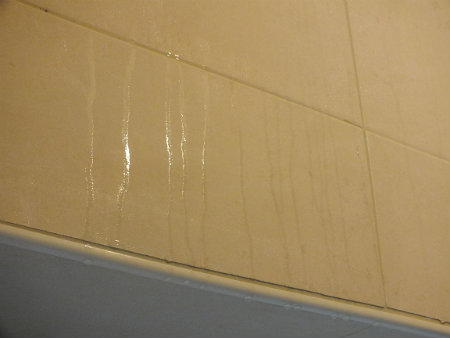
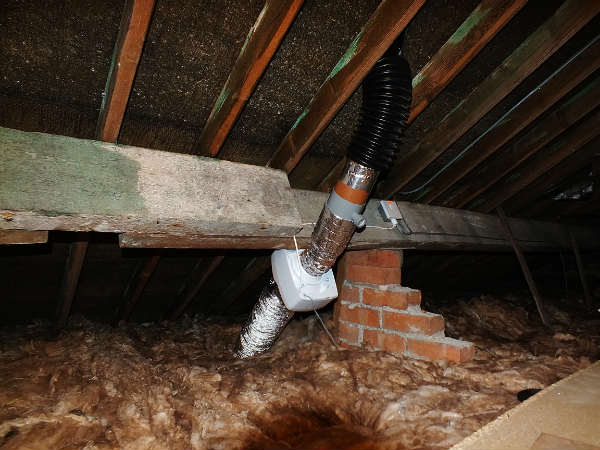







New! Comments
Have your say about what you just read! Leave me a comment in the box below.